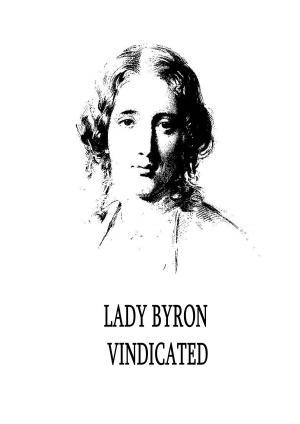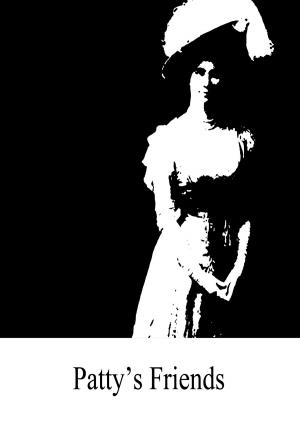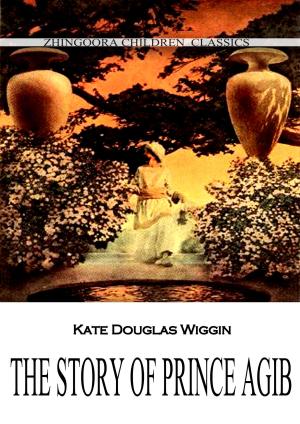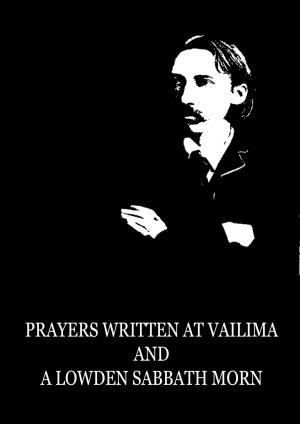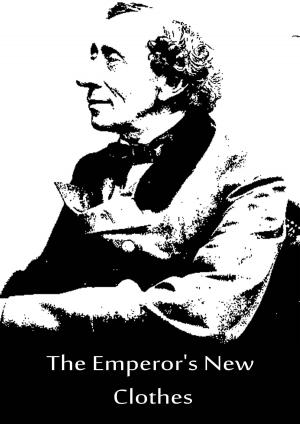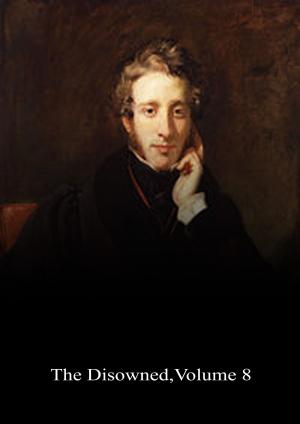| Author: | Thomas Paine | ISBN: | 1230000036239 |
| Publisher: | Zhingoora Books | Publication: | December 3, 2012 |
| Imprint: | Language: | English |
| Author: | Thomas Paine |
| ISBN: | 1230000036239 |
| Publisher: | Zhingoora Books |
| Publication: | December 3, 2012 |
| Imprint: | |
| Language: | English |
Christmas Summary Classics
This series contains summary of Classic books such as Emma, Arne, Arabian Nights, Pride and prejudice, Tower of London, Wealth of Nations etc. Each book is specially crafted after reading complete book in less than 30 pages. One who wants to get joy of book reading especially in very less time can go for it.
THOMAS PAINE
The Age of Reason
In 1774, Thomas Paine, thirty-seven years of age, landed unknown and penniless in the American colonies. Born at Thetford, Norfolk, England, Jan. 29, 1737, of poor Quaker parents, he had tried many occupations, and had succeeded in none. Within two years he had become an intellectual leader of the American Revolution. Beginning his literary career with an attack on slavery, he continued it in 1776 by publishing his pamphlet "Common Sense," which gave an electric inspiration to the cause of separation and republicanism among the colonists. After serving the new commonwealth in office and with his pen, he went to France on an official mission in 1781; then returned to his native England, intent on furthering his views. In 1793 Paine wrote the first part of "The Age of Reason," which aroused a storm of indignation, but undaunted, he added a second and a third part to the work, consisting mostly of amplifications of some of the contentions advanced in the first part, in the writing of which Paine had no Bible to consult. The book, the first part of which was published in 1794, the second part in 1795, and the third in 1801, is an exposition of Deism on a purely scientific basis; the visible creation was everything to Paine in his reasonings, the religious hopes, fears and aspirations of men were nothing at all--this universal human phenomenon was curtly dismissed by him as a universal human delusion. Many of his comments on the Bible were rather crude anticipations of the modern Higher Criticism. But in dealing with the Bible, Paine showed the animus of a prosecuting counsel rather than the impartiality of a judge. His stormy life ended on July 8, 1809. (See also ECONOMICS, Vol. XIV.)
Christmas Summary Classics
This series contains summary of Classic books such as Emma, Arne, Arabian Nights, Pride and prejudice, Tower of London, Wealth of Nations etc. Each book is specially crafted after reading complete book in less than 30 pages. One who wants to get joy of book reading especially in very less time can go for it.
THOMAS PAINE
The Age of Reason
In 1774, Thomas Paine, thirty-seven years of age, landed unknown and penniless in the American colonies. Born at Thetford, Norfolk, England, Jan. 29, 1737, of poor Quaker parents, he had tried many occupations, and had succeeded in none. Within two years he had become an intellectual leader of the American Revolution. Beginning his literary career with an attack on slavery, he continued it in 1776 by publishing his pamphlet "Common Sense," which gave an electric inspiration to the cause of separation and republicanism among the colonists. After serving the new commonwealth in office and with his pen, he went to France on an official mission in 1781; then returned to his native England, intent on furthering his views. In 1793 Paine wrote the first part of "The Age of Reason," which aroused a storm of indignation, but undaunted, he added a second and a third part to the work, consisting mostly of amplifications of some of the contentions advanced in the first part, in the writing of which Paine had no Bible to consult. The book, the first part of which was published in 1794, the second part in 1795, and the third in 1801, is an exposition of Deism on a purely scientific basis; the visible creation was everything to Paine in his reasonings, the religious hopes, fears and aspirations of men were nothing at all--this universal human phenomenon was curtly dismissed by him as a universal human delusion. Many of his comments on the Bible were rather crude anticipations of the modern Higher Criticism. But in dealing with the Bible, Paine showed the animus of a prosecuting counsel rather than the impartiality of a judge. His stormy life ended on July 8, 1809. (See also ECONOMICS, Vol. XIV.)
![Cover of the book The Age of Reason [Christmas Summary Classics] by Thomas Paine, Zhingoora Books](https://www.kuoky.com/images/2012/december/500x500/1230000036239-ENiR_500x.jpg)
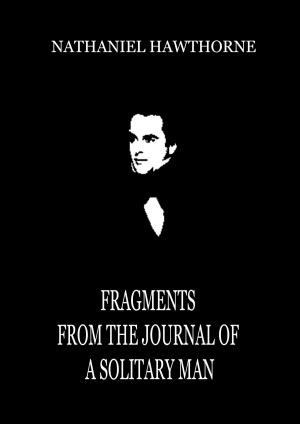
![Cover of the book The Principall Navigations [Christmas Summary Classics] by Thomas Paine](https://www.kuoky.com/images/2012/december/300x300/1230000037114-pVcI_300x.jpg)
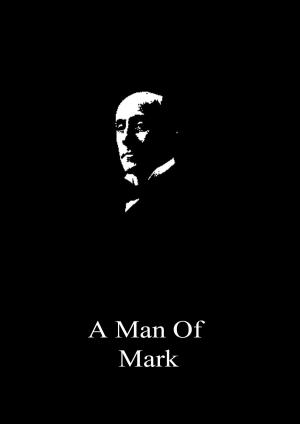
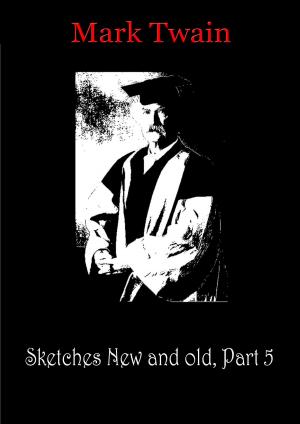

![Cover of the book The Great Lone Land [Christmas Summary Classics] by Thomas Paine](https://www.kuoky.com/images/2012/december/300x300/1230000037108-TdDW_300x.jpg)

![Cover of the book The Nature of Man [Christmas Summary Classics] by Thomas Paine](https://www.kuoky.com/images/2012/december/300x300/1230000036279-YJac_300x.jpg)
